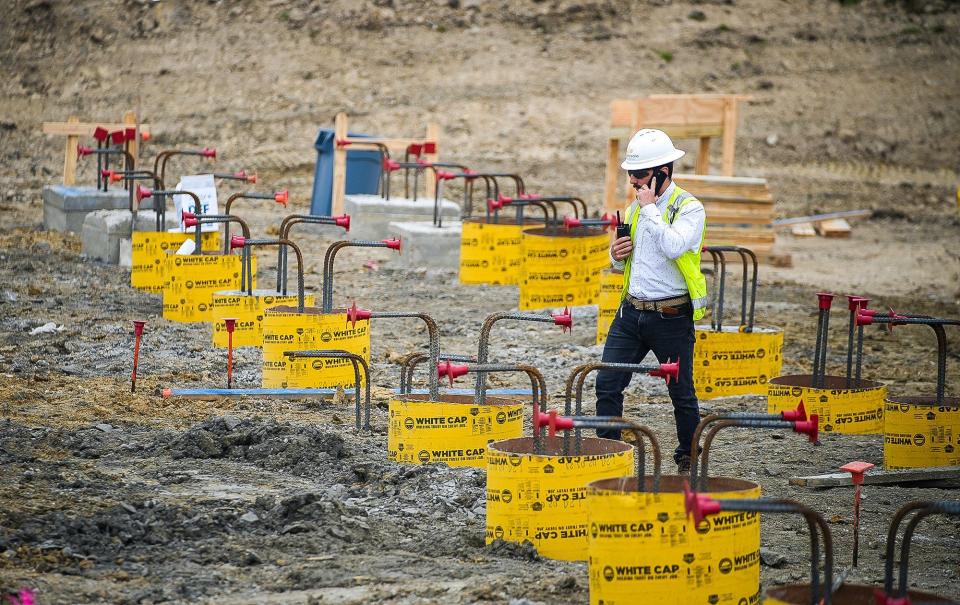Opinion: Smart water strategies are crucial to Texas' prosperity
In 2021, Texas gained an astounding new 300,000 Texans. Demographers expect our state to grow by more than four million people each decade through 2070, reaching a population of more than 50 million. Not only are people coming to the Lone Star State, but large corporations are now calling Texas home as well.
This massive growth brings a multitude of challenges with it, including a looming water crisis. The growth in water demand, coupled with a decrease in water supplies, could have detrimental consequences for Texas. If no action is taken, 26 percent of Texans will have less than half the water they need by 2070 during a repeat of the drought of record. Even this may be an underestimate—as recent droughts have shown, we can easily have droughts worse than the drought of record.
Most Texans do not think about the availability of water—we are accustomed to having clean and abundant water each time we turn on the faucet. However, if we do not begin to think about resilient water strategies, the future of our cities, our environment, our agriculture, and our industries will be in jeopardy.
Current solutions to preserve and expand our state’s water sources include conservation, new reservoirs, new water wells, reuse, and storing water in aquifers, but this isn’t enough. Many of these solutions are vulnerable to increasing droughts in Texas or rely on aquifers that we’re draining.
There is another solution that is practically infinite and drought-proof: seawater desalination. Desalination removes dissolved salts and minerals to deliver usable water for drinking, industry, and even irrigation. A single desalination plant can produce upwards of 25 million gallons of clean, reliable water a day. Forty-nine plants across the state already desalinate brackish groundwater and river water, but none take the salt out of seawater. The next step is to incorporate seawater as a key component of our state’s water portfolio.
Some are concerned about the energy use, environmental impact, and cost of seawater desalination, but these concerns are easily addressed. Clean energy can be used to produce clean water and embed that energy in desalinated water stored in tanks or aquifers. Desalination plants around the world have been able to safely dispose of the brines that result from the process, and some are harvesting minerals from those brines. Furthermore, drought-proof supplies helps preserve fresh water in our rivers and estuaries. Seawater desalination is expensive, but you know what’s more expensive than desalinated water? No water. As the easy water is tapped out, the cost of new water is often much more expensive, making seawater desalination much more affordable.

Many universities across the state are studying and refining the quickly evolving desalination technology and trends. In 2020, researchers from UT Austin and Penn State University discovered how to clean more water while using significantly less energy, ultimately lowering the cost of desalination. With this research in our own backyard, we are on the horizon of the perfect time to invest in seawater desalination.
Like many issues challenging the state, innovation and new technologies like seawater desalination will be key to ensuring economic prosperity and securing a future supply of water for Texas. With desalination (and apologies to Samuel Taylor Coleridge): water, water everywhere, and lots of drops to drink.
Mace is the executive director and Chief Water Policy Officer at The Meadows Center for Water and the Environment and a Professor of Practice in the Department of Geography and Environmental Science at Texas State University.
This article originally appeared on Austin American-Statesman: Opinion: Smart water strategies are crucial to Texas' prosperity

